Do you know The 8 parts of Speech? Let us talk about Nouns
- Beginner
- 60 minutes
- 6-18 Years
-
 Online Classes (1-to-1)
Online Classes (1-to-1)
 INR 1000.00 Per Lesson
INR 1000.00 Per Lesson

Faith Omete
Kenya |
(1 vote)
Welcome to our space where we learn Grammar and more specifically parts of speech.In our lesson,we make mistakes and learn from them.We interact through asking questions,discussing and doing reviews.Join the team today and let us learn effectively together.
Curriculum Details
Lesson Name: Nouns
- Types of Nouns.
- Grammatically correct sentences.
- Well-structured sentences.
Grammar: Parts of Speech(Noun)
- All Levels
- 2000 minutes
- 6-18 Years
-
 Online Classes (1-to-1)
Online Classes (1-to-1)
 INR 5000.00 Weekly
INR 5000.00 Weekly

Faith Omete
Kenya |
(1 vote)
I offer engaging and interactive lessons on Nouns.I tailor my lesson well to fit primary and secondary learners.In the process helping students master the basics through real-life examples, different types of nouns and why we learn about them.Hence making grammar fun and easy to understand.
Curriculum Details
Lesson Name: Types of Nouns
- Practice identifying types of nouns through visual aids
- Focus on capitalization rules for proper nouns
- Encourage contextual learning with a learner-centered approach
- Engage students with interactive activities, such as filling in the blanks with relevant nouns
I Will Turn You Into a Fearless English Speaker – No More Hesitation!
- All Levels
- 1-17 Years
-
 Online Classes (1-to-1)
Online Classes (1-to-1)
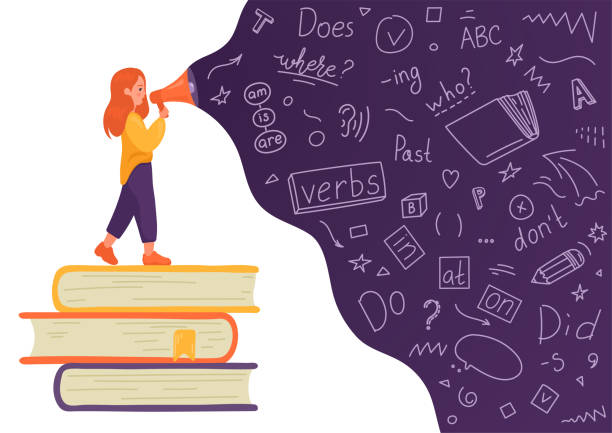
Sapna Pamnani
India |
(1 vote)
Do you feel nervous when speaking English?
Do you struggle to find the right words or worry about making mistakes? Imagine speaking fluently, confidently, and without hesitation—just like a natural speaker!
This is not a boring grammar class. This is an action-packed, high-energy English-speaking transformation designed to take you from zero to fearless.
Lesson Name: Phase 1: Breaking the Barrier – Overcoming Fear, Building Grammar & Vocabulary (Day 1-7)
1️⃣ Day 1: Think in English – Stop Translating!
- Master the SVO (Subject-Verb-Object) formula for clear sentences.
2️⃣ Day 2: Tenses Made Simple – Speak Without Errors
- Use past, present, and future tenses naturally in conversations.
3️⃣ Day 3: Grammar Hacks – Fix Common Mistakes Instantly
- Learn quick fixes for articles, prepositions & subject-verb agreement.
4️⃣ Day 4: Power Words for Everyday Conversations
- Expand vocabulary with the top 50 most useful words & phrases.
5️⃣ Day 5: Speak Without Pausing – The Magic of Connectors
- Use transition words (and, but, however, therefore) for smooth speech.
6️⃣ Day 6: Accent Training – Speak Clearly & Sound Natural
- Improve pronunciation, word stress & fluency for a global accent.
7️⃣ Day 7: Live Speaking Challenge – Apply & Speak with Confidence!
- Engage in a fun, interactive conversation to apply everything learned.
Aliya Siddique
Pakistan |
(1 vote)
The Much and Many grammar course aims to teach English language learners how to use quantifiers correctly, particularly much and many, which are crucial for precise and understandable communication. Because they both refer to big quantities yet are employed in different situations, these words frequently confuse learners.
Clarifying the difference between many (used with countable nouns, such as many books, many students) and much (used with uncountable nouns, such as much water, much time) is the main goal of this lesson. By comprehending this distinction, learners can increase their speaking and writing fluency.
Lesson Name: Much and Many
Course Objectives
- Differentiate Between Countable & Uncountable Nouns – Students learn which nouns work with "many" (countable) and which require "much" (uncountable).
- Usage in Sentences – The course covers affirmative, negative, and interrogative structures (e.g., "How much time?" vs. "How many books?").
- Common Mistakes & Corrections – Learners practice avoiding errors like "much apples" (incorrect) versus "many apples" (correct).
- Alternative Quantifiers – The course introduces synonyms like "a lot of," "some," and "a few/a little" for natural-sounding speech.
Caleb Oparachukwu
Nigeria |
(1 vote)
How to identify words and the parts of speech they belong to.
Lesson 1: Introduction to Nouns
- Definition of nouns and their role in sentences.
- Types: Common vs. Proper, Singular vs. Plural, Concrete vs. Abstract.
- Types: Common vs. Proper, Singular vs. Plural, Concrete vs. Abstract.
Lesson 2: Nouns in Action
- Possessive nouns, collective nouns, countable vs. uncountable nouns.
- How nouns function as subjects and objects in sentences.
- Activity: Writing descriptive sentences using different types of nouns.
Lesson 3: Introduction to Pronouns
- Definition and purpose of pronouns.
- Types: Personal, Subject vs. Object Pronouns.
- Activity: Pronoun substitution exercises (replacing nouns with pronouns).
Lesson 4: Pronouns in Action
- Possessive, reflexive, and demonstrative pronouns.
- Pronoun-antecedent agreement to avoid confusion.
- Activity: Editing sentences to correct pronoun errors.
Lesson 5: Introduction to Verbs
- Definition and role of verbs in sentences.
- Types: Action vs. Linking Verbs.
- Activity: Identify and act out action verbs (interactive game).
Lesson 6: Verbs in Action
- Helping verbs, modal verbs, and irregular verbs.
- Subject-verb agreement rules.
- Activity: Sentence-building with verbs in different tenses.
Lesson 7: Introduction to Adjectives
- Definition and function of adjectives.
- Types: Descriptive, Demonstrative, Proper Adjectives.
- Activity: "Describe the Picture" – Using adjectives to describe objects.
Lesson 8: Adjectives in Action
- Comparative and superlative adjectives (bigger, biggest).
- Adjective order in sentences (size, color, origin).
- Activity: Rearranging adjectives in the correct order in sentences.
Lesson 9: Introduction to Adverbs
- Definition and function of adverbs.
- Types: Adverbs of Manner, Place, Time, Frequency.
- Activity: Match verbs with appropriate adverbs (e.g., "run quickly").
Lesson 10: Adverbs in Action
- Comparative and superlative adverbs (well → better → best).
- Avoiding overuse of adverbs in writing.
- Activity: Rewrite weak sentences by replacing or removing unnecessary adverbs.
Lesson 11: Introduction to Prepositions
- Definition and function of prepositions.
- Types: Prepositions of Place, Time, and Movement.
- Activity: Preposition hunt – finding prepositions in a short passage.
Lesson 12: Prepositions in Action
- Prepositional phrases and their role in sentences.
- Common preposition errors (in/on, at/by).
- Activity: Writing short descriptions using prepositions.
Lesson 13: Introduction to Conjunctions
- Definition and function of conjunctions.
- Types: Coordinating Conjunctions (FANBOYS: For, And, Nor, But, Or, Yet, So).
- Activity: Sentence-combining exercises using FANBOYS.
Lesson 14: Conjunctions in Action
- Subordinating conjunctions (because, although, while).
- Correlative conjunctions (either/or, neither/nor).
- Activity: Writing complex sentences using different conjunctions.
Lesson 15: Introduction to Interjections
- Definition and function of interjections.
- Types: Strong vs. Mild Interjections (Wow! Oops! Oh…).
- Activity: Identifying interjections in comics and everyday speech.
Lesson 16: Interjections in Action
- How interjections add emotion to writing and speech.
- Formal vs. informal interjections.
- Activity: Role-playing short dialogues using interjections.








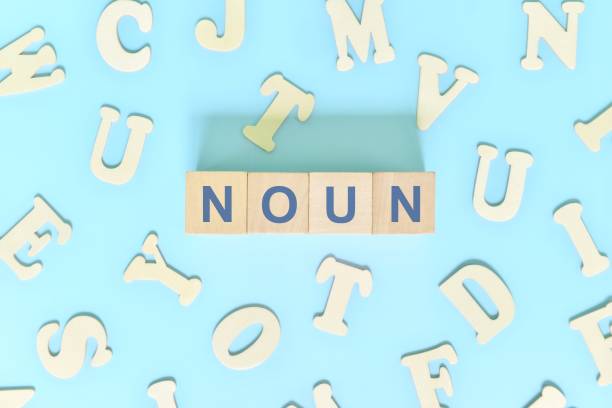
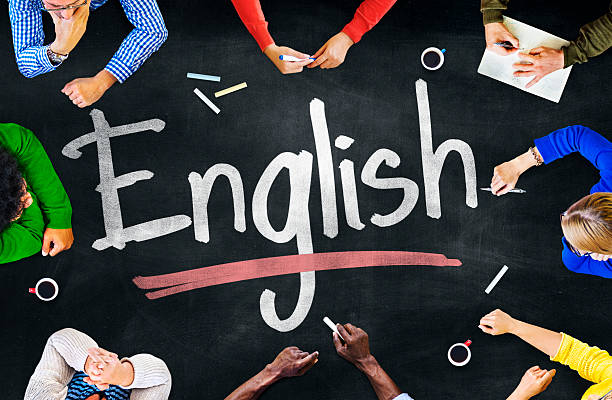

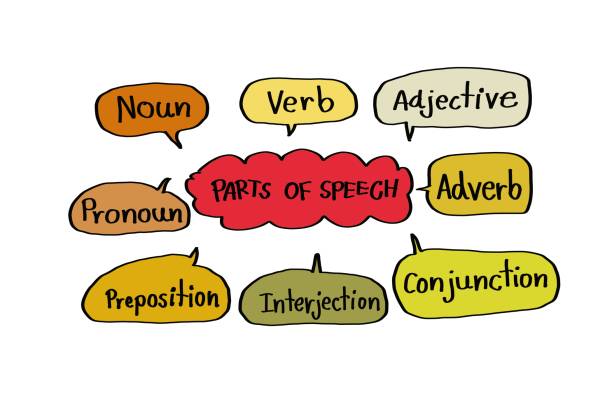
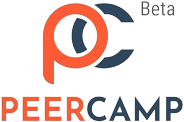
 Academics
Academics Tech Skills
Tech Skills Soft Skills
Soft Skills
